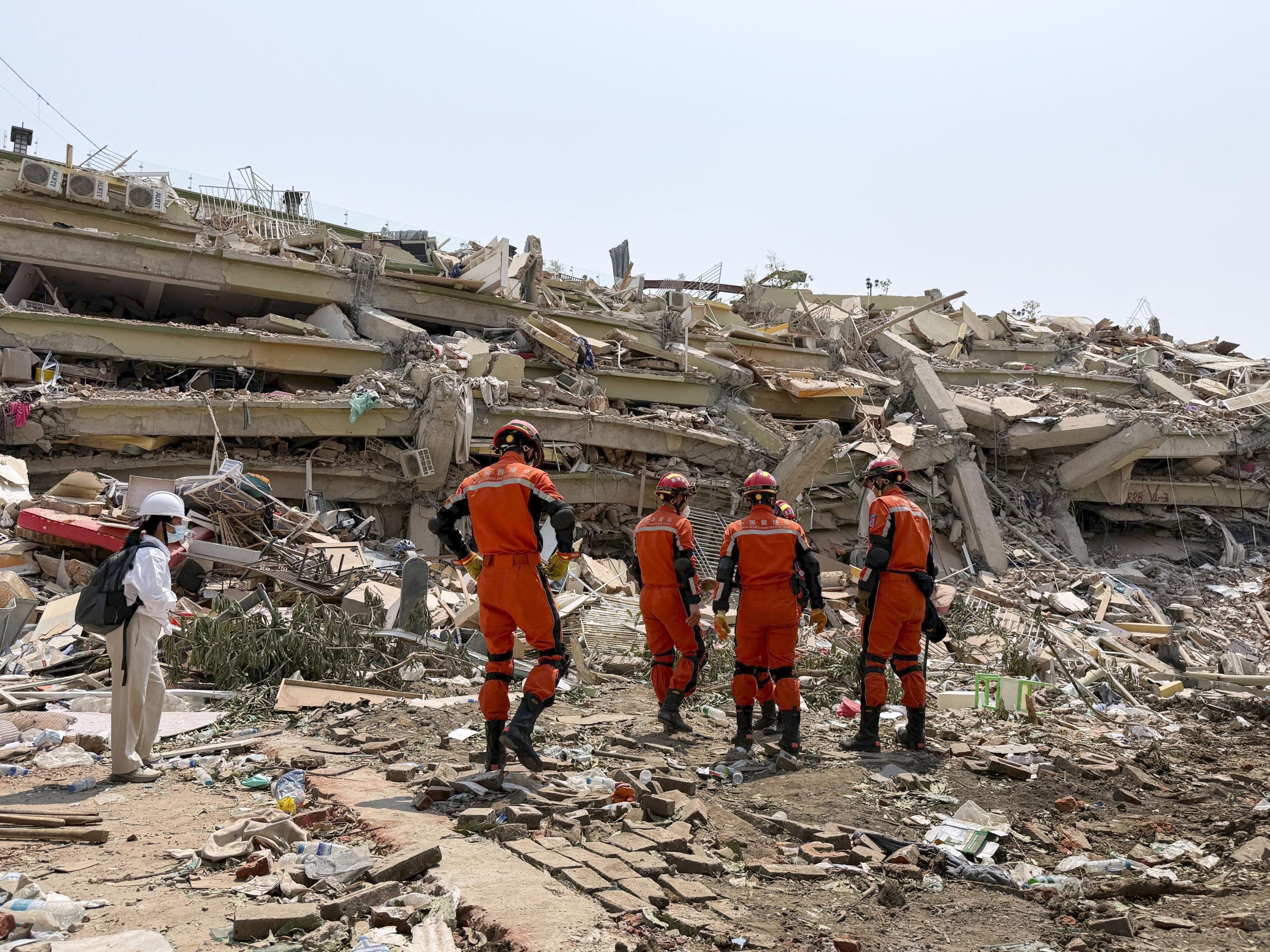Earlier this week I was working with the ballet maestro Jean-Pascal Cabardos, who trained Billy for Billy Elliot. Not that Little Black Fish has been dancing en pointe (we were working on texts), though I have indulged in the ballet craze that has swept London and joined classes at Everybody Ballet, dancing whenever it took my mood and wearing whatever I felt like wearing.
This concept of ballet open to everyone is incredible when reading Her life as a Persian Ballerina. It is an insightful account of life as a dancer and choreographer in today’s Iran — the compromises to approach and style required. As well as the more obvious clothing restrictions, the more sensual performances are assigned to male performers. It also touches on the representation of dance and its psychological effects.
It’s hard to imagine a time when things were different. But they were. My introduction to ballet began in 1970s’ Tehran. At the time the Ministry of Culture had established the Iranian National Ballet Company, performing Swan Lake, The Nutcracker and Sleeping Beauty among other classics at Tehran’s Roudaki Hall. The company collaborated with dance schools worldwide and Rudolf Nureyev and Margot Fonteyn visited Iran in 1969 and set up Le Corsaire.
Needless to say the Islamic government terminated the company in 1979. A concise and very interesting history of dance in Iran can be read here, written by Nima Kiann who founded a successor company, Les Ballet Persans, in Sweden in 2001.




